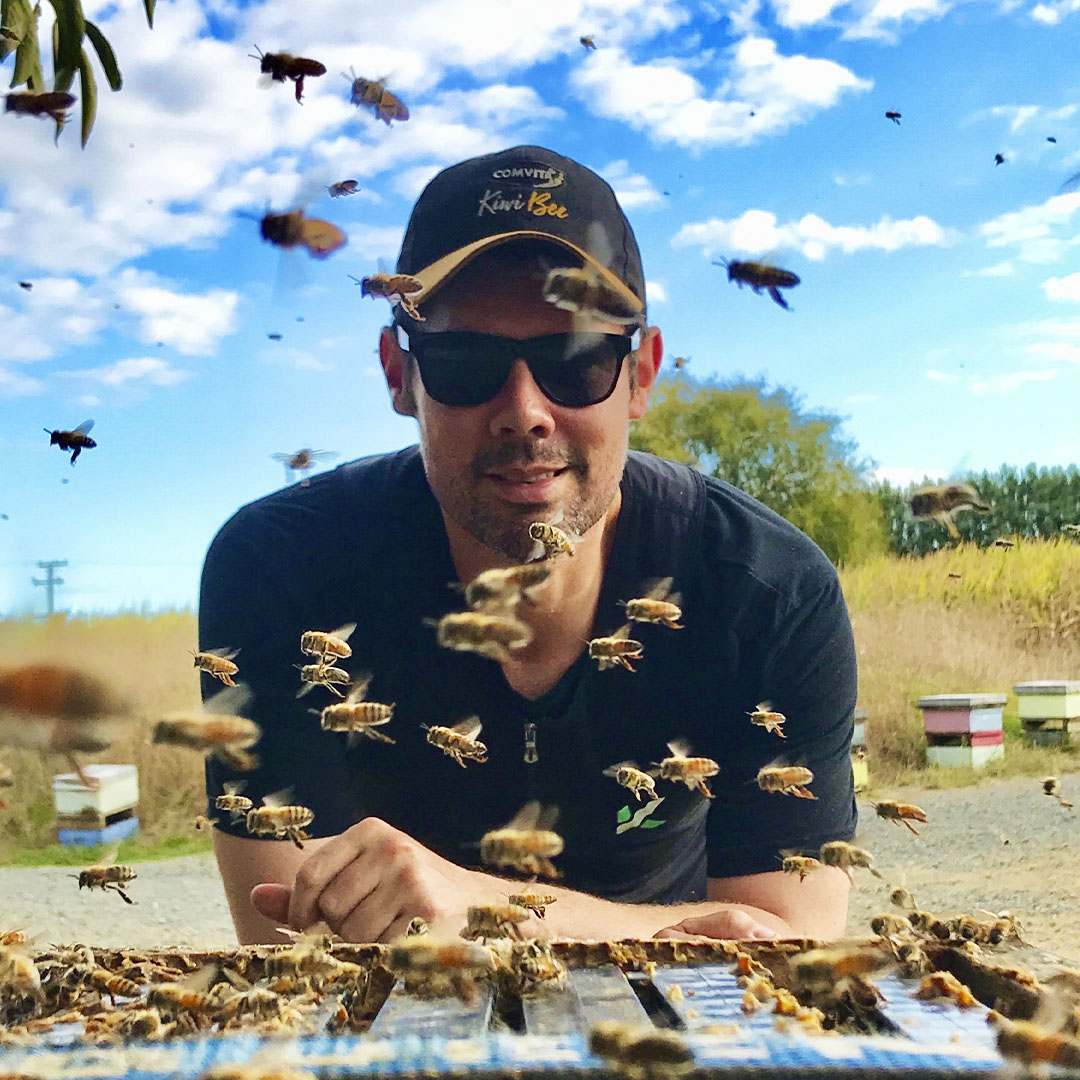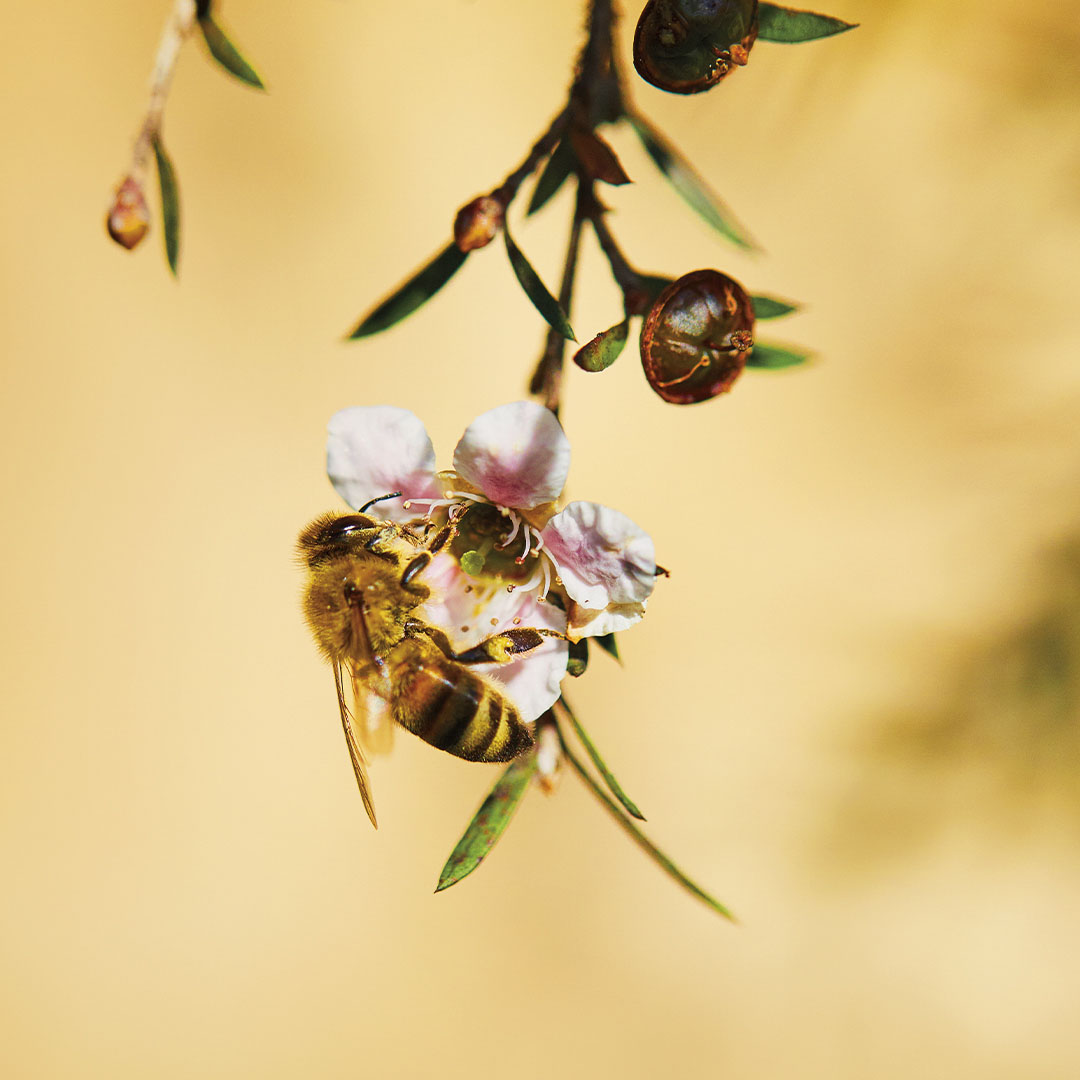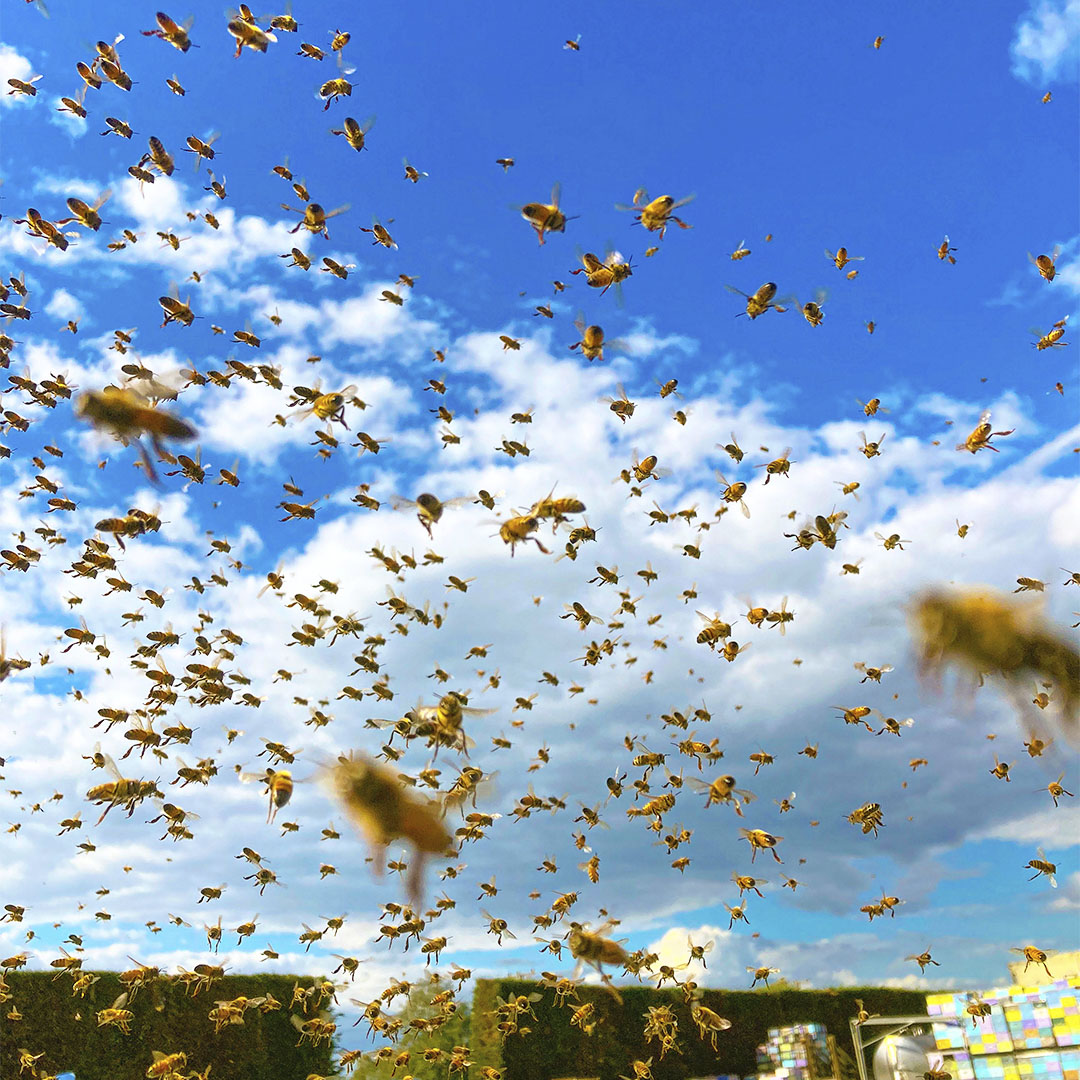
Order Confirmed
We’re sorry, the page you requested could not be found.
Curious about starting your very own beehive? We sat down with one of our expert Comvita beekeepers, Lindenberg Gomes, to bring you some of the key foundational information you’ll need to start your own. While we recommend shadowing an experienced beekeeper for hands-on experience before you begin, read on for beekeeping 101 tips & tricks, including what to know before you start, basic materials needed, best practices, do’s and don’ts to help the bees thrive, and how to harvest honey.
First, meet our Comvita beekeeping expert, Lindenberg Gomes:

(Photo by @linden_gomes)
Since 2016, Lindenberg has tended Comvita bee hives at our New Zealand headquarters, but his beekeeping roots began across the ocean in his home country of Brazil.
“I first started beekeeping in Brazil as a beekeeping assistant at the local university (assisting my now father-in-law). I had nine hives in my backyard in my hometown on our family land. We started a co-op in Brazil to help the nearby community learn the art of beekeeping.”
“In 2008, I went to Hawaii to learn how to rear queen bees, and spent one year as a trainee on scholarship. In 2015, I came to New Zealand for a wedding, and I fell in love with the country. During that trip, I happened to pass by the Comvita headquarters, just by chance, and learned a bit more about their beekeeping practices. In April 2016, I followed my passion and made the move to New Zealand with my wife and child. I began beekeeping for Comvita in August 2016, and have been raising queen bees for them ever since “

So, how do I get started?
First and foremost, before you begin beekeeping, it is important to educate yourself thoroughly about bees and beekeeping. You may have the curiosity to beekeep, but before you dive right in, it is important to learn everything you can about bees first– their behavior, their needs, their roles. Once you have a solid foundation of education, here are a few tips to begin:
How does one set up a sustainable hive that helps the bees thrive?
Are there any safety tips to avoid getting stung (besides the protective clothing)?
How do I harvest the honey?

1. Once your upper frames are full of honey comb and you’re ready to harvest, place the bee escape below the honey frames you plan to extract, so it is between the honey supers and the rest of the nest. Do this about 24 hours before. This is the best process to be sure you don’t kill any bees during the honey harvest.
2. Go the next day and pull the frame(s) full of honey.
3. To enjoy the honey without the wax, uncap the combs, tilt the frame on its side, and the combs will drain down into the container of your choice, which may take some time to fully drain.
4. Enjoy this gift from nature!

What are some of the DON’Ts when it comes to sustainable beekeeping?

(Photo by @linden_gomes)
How do I prepare the hives for the winter months?
Hives can die in the winter. It’s important to treat the hives well after harvesting the honey in the summer. Before winter comes, make sure your hive is well-fed and has enough bees to take care of the queen during the winter. The bees will need to create stores of honey so that they have enough food to survive the winter. Their job during the winter is just to protect the queen. In the 2-3 months leading up to hibernation, you can feed them in an internal feeder (which is the size of a full frame), providing water & sugar for the bees to eat. If you don't need to harvest all the honey from the hive, leave it there for the bees, they will use it during the winter so you won’t have to worry about feeding them anything extra.

Enjoy the process:
My work as a beekeeper is inspiring, because I get to see the beginning of everything; I see the full life cycle– from eggs to larvae, to the journey of the queen. My favorite part is raising the queens– it’s a magical process.
Every day I go out with the feeling that I don’t know more than the bees. They’re incredibly intelligent, industrious creatures, and they have so much to teach us. Everyday you can learn something new, and everyday you have to be humble enough to know “they know better than me.” If we, as humans, could do 10% of what the bees do collaboratively, we would be in a good place as a society. They really know how to work together.

(Photo by @linden_gomes)
________
We wish you luck on your beekeeping journey, and remember:
- Find a skilled beekeeper you trust to show you the ropes; a guided, hands-on education is the best way to learn beekeeping before you begin.
- Keep in mind the wellness of the bees, making sure that before you start this endeavor, you can commit to an attentive, sustainable practice of beekeeping to help the bees thrive.
Here’s to creating more bee-friendly environments for these necessary pollinators! Enjoy more educational bee content from Comvita on our blog:

We’re sorry, the page you requested could not be found.